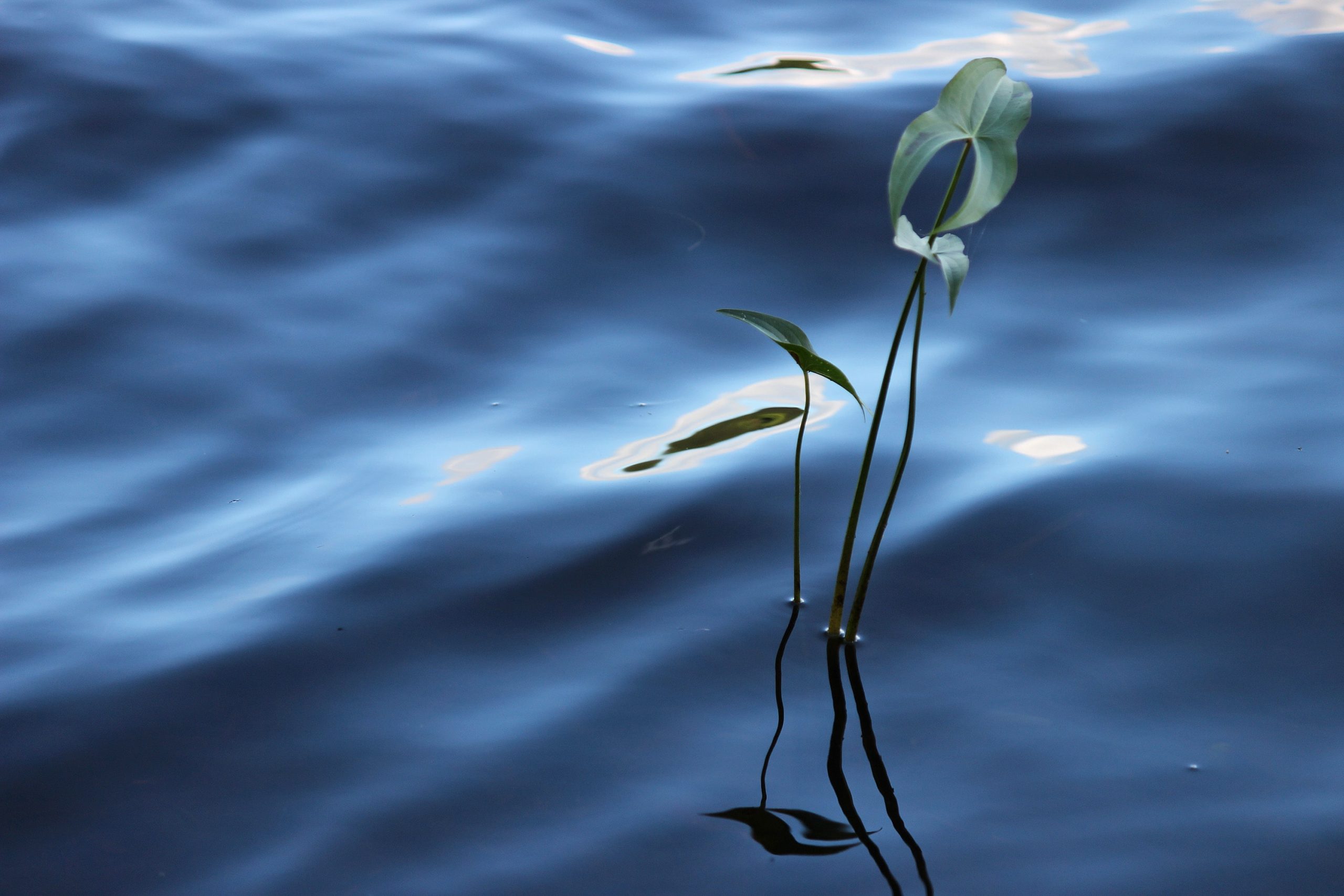
The tranquil sound of flowing water and the beautiful plants it attracts can truly transform a garden. Whether you build a small container pond or build an expansive one, adding a sense of serenity and beauty will not only bring more peace into your home but also make you more comfortable and relaxed in the process.
The initial step to creating a water garden is selecting an ideal location. Ideally, select an area that’s sunny and doesn’t have many trees or tall plants nearby as these could block your view of the pond. Furthermore, ensure the pond isn’t near any underground power or gas lines.
Once you’ve selected your spot, dig a hole that’s at least five feet wide and six inches deep. The size of your pond will depend on how many plants you wish to grow as well as its capacity for fish.
When selecting a liner for your pond, be sure to choose one that fits its dimensions perfectly. There are various liners available such as rigid plastic or fiberglass; which type you select will depend on how long you expect your pond to last and the aesthetic you wish it to have.
When selecting a liner for your pond, you’ll want one that’s flexible and user-friendly. Some liners are designed to fold over the top of the pond and secure it in place while others simply collapse when emptying.
Before applying the liner, it’s wise to fill the garden with some sand. Not only will this absorb any excess water from the liner, but it also acts as a barrier against algae growth and protects it from UV light damage.
Now that your water garden is set up, you can begin adding your potting soil. Some potting soils have been specifically designed for water gardens, but any type of soil suitable for the type of plants you plan on planting will work. Garden soils or potting soils high in organic matter work best when planting submerged aquatic species like water lettuce, hyacinth and lilies.
Next, you must choose the plants for your water garden. A combination of floating and submerged plants will be best as it shades the water and absorbs nutrients, while floating ones remain completely underwater. Make sure the selection fits within your region’s climate conditions while not competing with native species.
In certain zones, you should consult your local extension office for a list of invasive plants to avoid adding into your pond. Additionally, contact the state’s natural resources agency to receive approval on approved plants.
Once you have the ideal plants, fill the pond with water and begin planting them. Floating plants should be planted near the surface of the water while submerged ones should be planted deeper than its depth.
